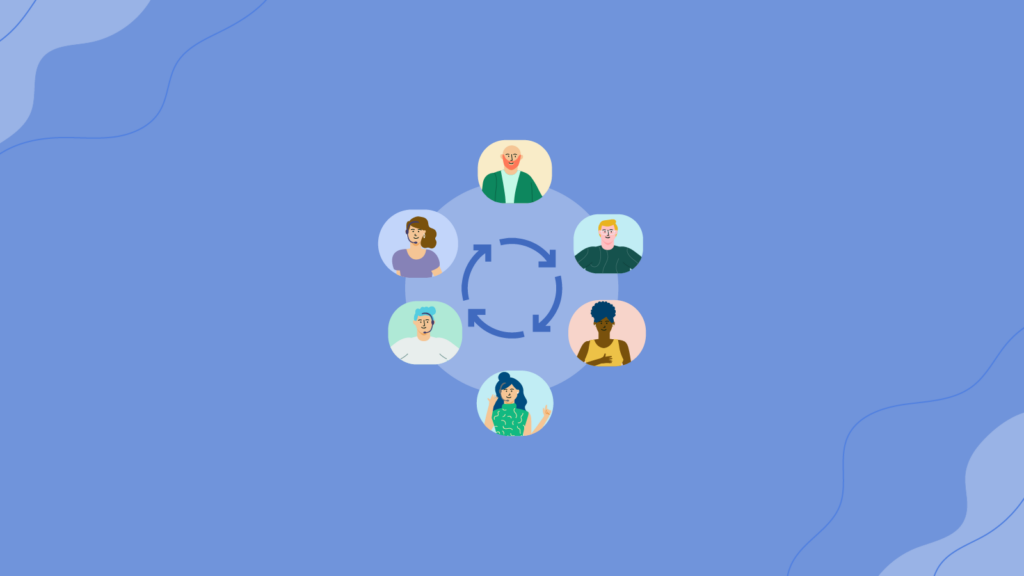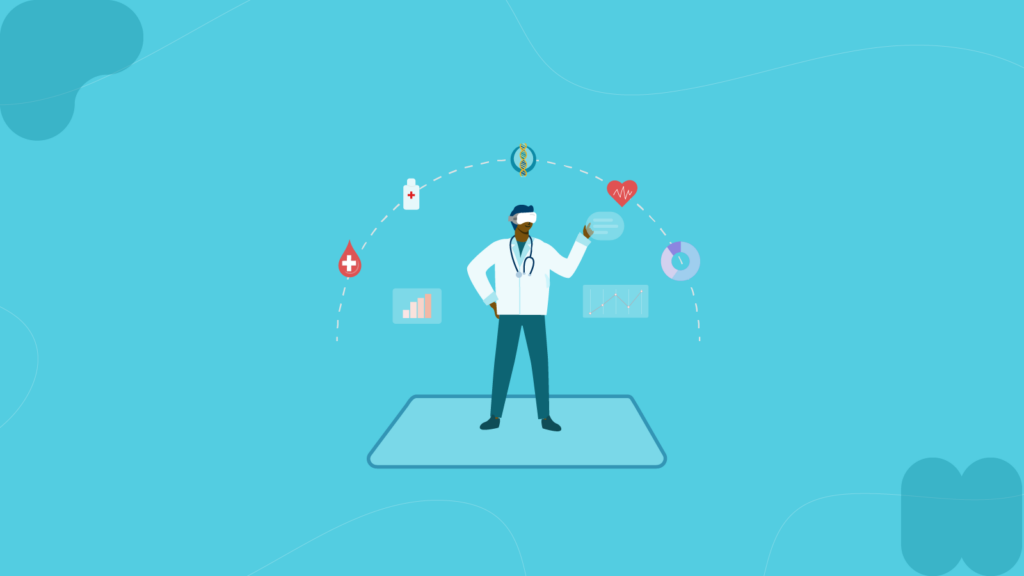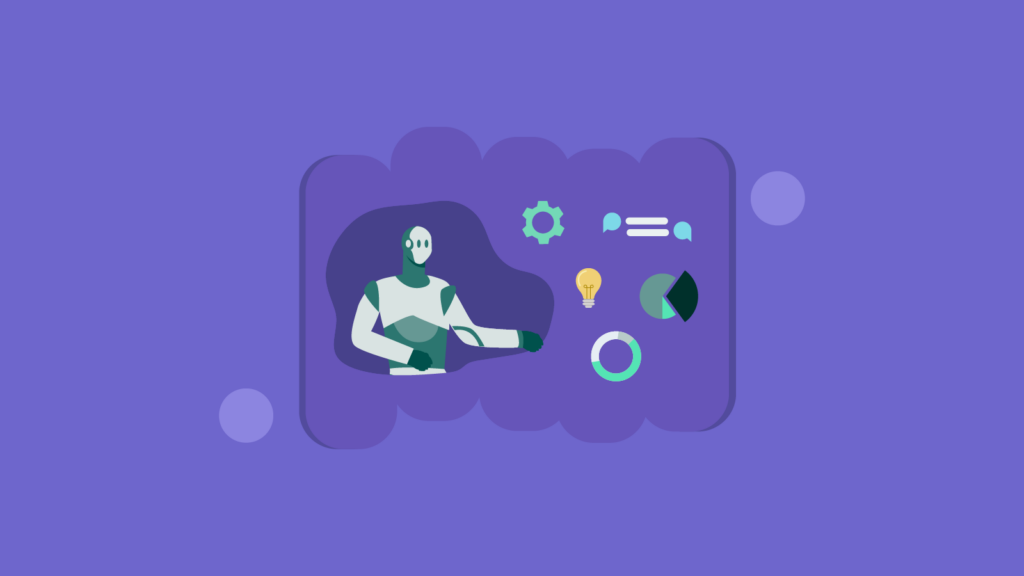5 Ways to Use Workforce Planning for Gold Standard Service
We all can quickly recall examples of when we’ve received gold-star service — and at the opposite end of the spectrum — when service has been disappointing.
For example, think of how an amazing restaurant experience combines well-prepared, tasty food with promptness, friendliness, and food-oriented knowledge. Then think of an example when you’ve been stuck in the abyss of an automated phone attendant or chatbot desperately trying to reach a live agent.
As businesses increasingly focus on customer experiences (CX) as a competitive differentiator, contact centers have taken center stage. The quality of customer service experiences is a critical factor in shaping customers’ opinions of a brand and in driving loyalty and revenue.
To deliver a fine dining experience, employees need to be trained on how to bring their A-game, and management needs to offer development and employee engagement opportunities. Similarly, contact centers need to have a workforce planning strategy and best practices in place to ensure their agents are aligned and prepared to meet the company’s CX standards.

Role of the Agent in Gold-Standard Service Delivery
Recent research in Forbes highlights that 76% of consumers will go out of their way to do business with a company that provides better customer service. Despite gains in self-service adoption, contact center agents remain central to providing consistently satisfying CX. And closely tied to the successful delivery of exceptional customer service is the need for contact center leaders to create outstanding employee experiences (EX).
An organization’s workforce is likely its most critical and valuable asset. It is essential for companies, and in particular, contact centers to employ the right number of employees with the right skills, and provide the right training and development to maximize productivity and profitability — and most importantly — deliver gold-standard service.
What is Workforce Planning?
Workforce planning is the process of analyzing, forecasting, and planning workforce supply and demand. It takes a big-picture approach to predict future workforce needs according to the company’s strategic plan, historical data, and business objectives.
Successful workforce planning involves:
- Reviewing current staffing levels
- Assessing historical volume patterns
- Determining future workforce goals, talent needs, and labor costs
- Identifying the gaps between current levels and forecasted demand
The discipline and process allow contact center leaders to effectively ensure they have properly skilled employees in the correct roles to maintain efficient operations and achieve their CX goals.
Strategic workforce planning in contact centers involves three main activities:
Forecasting
Workforce management teams prepare long- and short-term forecasts that predict volume by day, time of day, and channel. They base forecasts on historical volume and also factor in variables that may impact volume, such as holidays, planned leaves of absence, and promotions. This forecasting process produces information needed for hiring plans and agent schedules.
Forecasts must be updated regularly to account for actual volume trends, a task made easier and more accurate by AI-powered workforce planning software.
Agent Scheduling
Forecasts, agent availability, contracted hours, and skill sets are the primary inputs for developing agent schedules. Agent schedules have an impact on customer experience, employee experience, and operational costs. Not enough scheduled agents will negatively impact service levels, while overstaffing is bad for the budget, employee engagement, and bottom line.
Additionally, providing some flexibility in agent schedules will improve employee satisfaction, which will in turn improve CX. Agents should be able to manage their schedules from multiple devices and can specify available hours for working. What’s more, manual shift changes become much more complex when you service customers via numerous digital channels.
Related Article: The Role Of Employee Self-Service In Workforce Management
Intraday Management
A contact center’s performance can be thrown off course by events such as high agent absenteeism or unforeseen disruptions that create higher volume. Intraday management is the workforce planning process that gets contact centers back on track for delivering gold-standard service.
Intraday management tasks may include re-forecasting the day’s volume and adjusting agent schedules. Customer support centers need to be nimble to effectively and quickly react to unplanned events, which requires the right workforce management solution.
You can’t change what you can’t see. Real-time dashboards enable organizations to make on-the-fly changes and take corrective action effectively. Your business evolves in real time, and your workforce management solution should too. Having the ability to view agents concurrently in an omnichannel world is also key.
Why is Workforce Planning Important?
Workforce planning allows organizations to map existing and future talent needs. Contact center leaders need to strategically analyze the talent gaps and skills gaps within the customer support center and project what skills will be required as the service organization evolves. Without it, the organization will lack the critical talent and knowledge needed to deliver on strategic business goals.
The ultimate goal of contact center workforce planning is to ensure the right number of agents with the right skills are scheduled at the right times, optimizing both the customer experience and the use of labor dollars.
The performance of workforce planning can be measured by:
- Service levels
- Abandon rates
- Occupancy rates
- Utilization
- Forecast accuracy
Related Resource: How to Manage Contact Center Costs by Getting Staffing Right
5 Strategies for Successful Workforce Planning
Workforce planning is like planning a party where you want to delight every guest. If you’ve ever planned a wedding or event, you know that there are many details to oversee.
Contact centers throw a virtual party every day. Much planning and adjusting takes place behind the scenes along the way to create experiences that customers will rave about to friends and colleagues.
Here are five winning workforce planning strategies and key steps that contact center leaders can leverage to deliver gold-standard service.
Develop a Strategy
Like when throwing an exquisite party or event, you need to start with a vision, goals, and objectives for an effective workforce planning strategy. As contact center leaders, it’s critical to map workforce planning to business goals and objectives.
- What are the key performance indicators (KPIs) upon which you will measure success?
- What are the requirements for gold-standard customer service and agent talent?
- What talent and skills exist today? What are the critical roles needed in the future?
- What are the skill gaps and talent gaps? What “people” strategies do you need to put in place?
Leverage Data
Creating a successful party requires more than just vision and ideas — you need to gather and review the ingredients for success. Likewise, workforce planning requires contact center leaders to leverage and analyze data including workforce analytics to ensure that a business’s current and future workforce supports the organization’s needs, goals, and strategy. How efficient and effective are current staffing levels? What data exists to help you accurately forecast demand?
Create an Actionable Plan
Once you have your vision, goals, and data-driven ingredients, it’s time to create a workforce plan. A holistic approach to plan development details how you will achieve your KPIs and the necessary workforce strategy and actionable steps to get there. Strategic workforce planning processes and practices help ensure contact center agents are ready to deliver gold-standard service.
The plan should answer questions such as:
- Do you have the right size workforce to deliver outstanding CX?
- What skills, knowledge, and experience does your current workforce have?
- Do your customer service agents need additional training and knowledge resources?
- Is your workforce correctly structured to support an omnichannel environment?
- What is your current employee turnover rate? What programs and practices can you put in place to lower your attrition rate?
- What additional staffing requirements and mix of talent will you need and in what timeframes?
- How can you leverage technology for successful workforce planning outcomes?
Implement the Plan
Now it’s time for the party to begin. If you’ve completed the workforce planning steps above you should be in a good position to roll out the plan. Contact center leaders should communicate the plan and provide frequent progress updates, not only to key business stakeholders and management, but also to agents. This creates excitement and buy-in at all levels. The steps and order will vary depending on the priorities of your contact center, but implementing the plan will likely include these components:
- Workforce planning technology deployment
- Recruitment/talent acquisition strategies
- Onboarding
- Training and employee development
- Retention and succession planning
- Other talent strategies such as redeployment where needed
Measure Results
You don’t have to wait for the party to be over to monitor and measure results. Set some milestones and be flexible to adjust your action plan based on concrete data and feedback from customers, agents, and leaders.
- Did you achieve your strategic objectives in the desired time frame?
- Did you get the desired CX results?
- What changes can be made to improve workforce planning tactics and processes? Are there growth opportunities?
CX is impacted by agent knowledge, friendliness, and other critical factors, so customer satisfaction and other customer metrics, in addition to EX, may be the ultimate way to measure how effective your workforce planning is in achieving the organization’s business goals.
Benefits of Workforce Planning
With the right strategies in place for workforce planning, organizations are better equipped to overcome future challenges and optimize their service delivery.
Workforce planning allows contact centers to:
- Address inefficiencies
- Improve agent retention
- Increase customer satisfaction
- Adapt to changes in the business
- Reduce staffing costs
How Can Workforce Planning Tools Help?
Workforce planning tools can improve the efficacy and accuracy of workforce planning because they bridge the gap between where contact center teams currently stand and how they can improve to deliver outstanding CX.
Watch our on-demand webinar, “Nikki and Micki Setting The Table: Workforce Planning To Provide Gold Standard Service,” for additional expert advice about workforce planning practices that can lead to gold standard service delivery.






